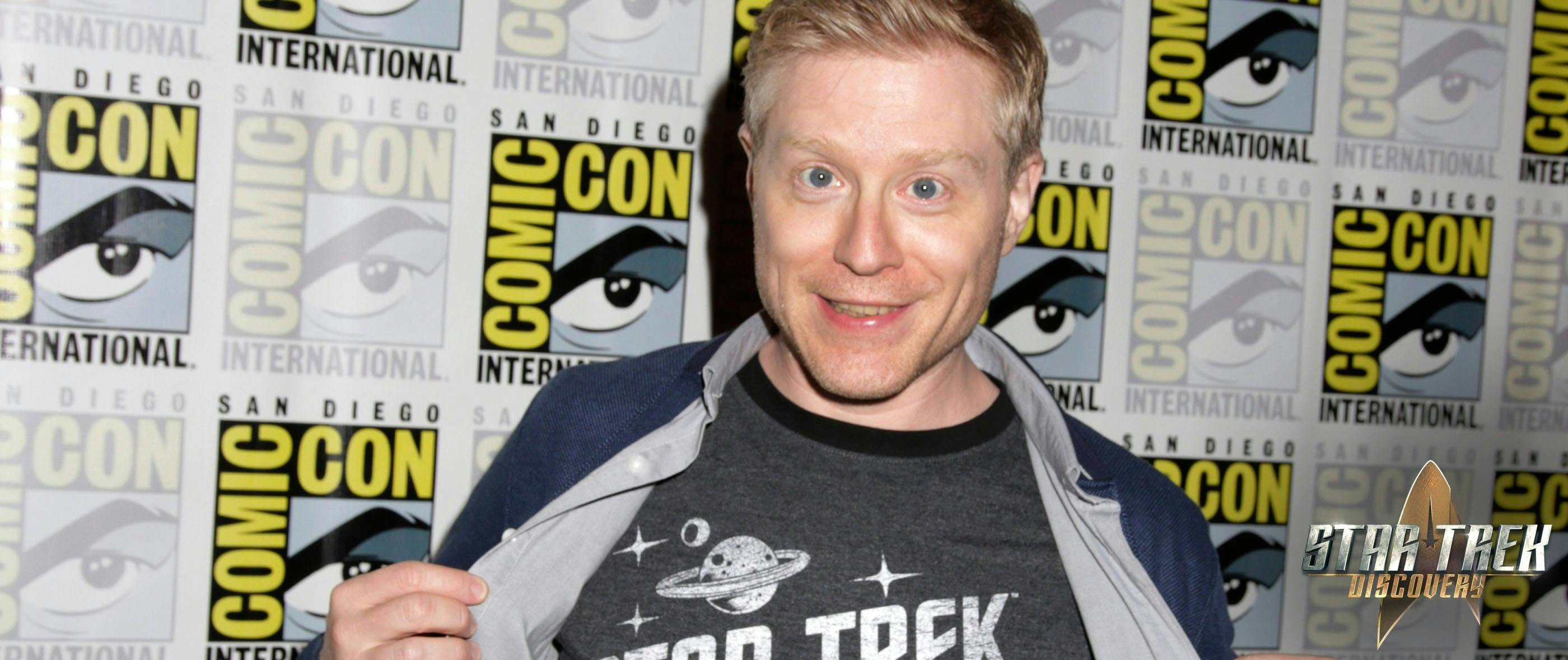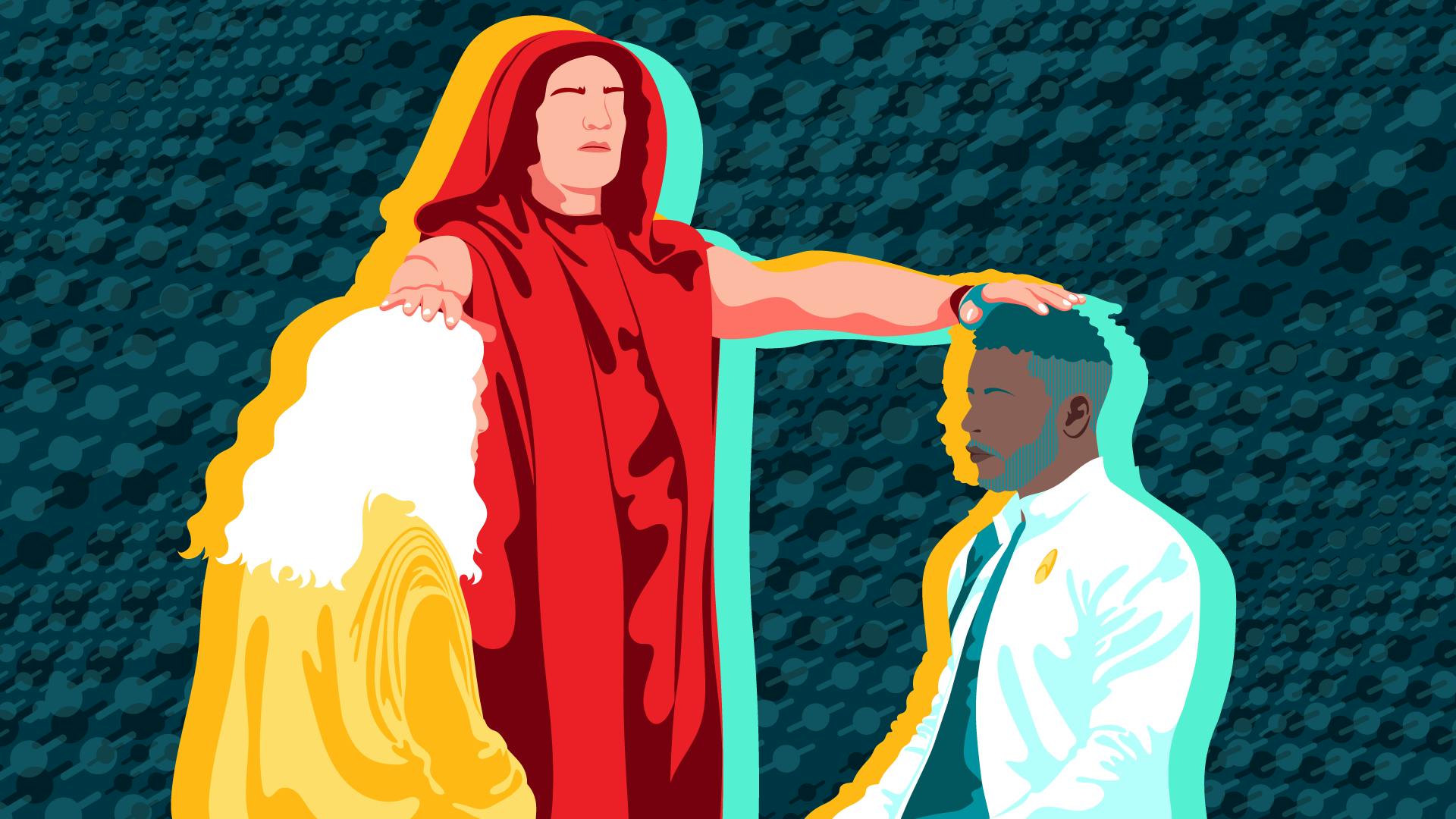
Star Trek: Discovery's Lt. Stamets, according to Anthony Rapp, is incredibly smart. And, the actor told StarTrek.com and Star Trek Magazine during a conversation at Comic-Con, when you're that smart, it can be tough to be around other people who aren't as sharp about certain things.
"It's been very interesting to see how that lays out and the dynamics of it," Rapp said. "He's not the most adept at interpersonal relationship. So, it's been really interesting to see the way that that's evolved and changed over the course of the season. The other interesting this is that, this is my first time doing a regular role in a TV show. I hear murmurs about what's coming, but it's also wonderful to not know what's coming and to keep discovering what twists and turns are coming my way and how my character grows and changes."

Rapp plays an astromycologist, a/k/a a fungus expert. The character, like Rapp, also happens to be gay. His partner is Dr. Hugh Culber, the U.S.S. Discovery's medical officer, played by Wilson Cruz. Clearly, Lt. Stamets finds Dr. Culber plenty smart.
"There are some issues that come up between us, but at the same time, I think one of the things you really want to establish is that my partner, or the reason we are together, is that he totally gets me and gets that aspect of me that is a little bit... that can be off-putting. He has opened his arms up and heart up to me in a wonderful way. So, therefore, I'm also a little different."

While the show will spend time on the Stamets-Culber bond, Rapp was quick to note that theirs is merely another relationship amongst the crew.
"It's just like every other aspect of these issues of diversity," the longtime Rent star explained. "I'm on the bridge and you haven't met all the other characters yet, some of the junior bridge officers and whatever they are. It's a panoply of every kind of person and there's nothing about that in the text at all, but it's a thrill to be a part of something that looks like it. It is, on a certain level, surface, but it also speaks to a Utopian vision of what is to come, where hopefully none of those differences matter."
Visit StarTrek.com tomorrow for our conversation with Mary Wiseman. And keep an eye out for the next issue of Star Trek Magazine, which will feature additional in-depth coverage of Discovery.




